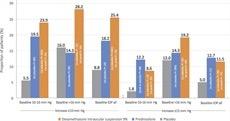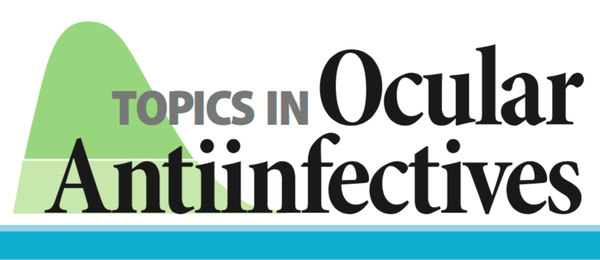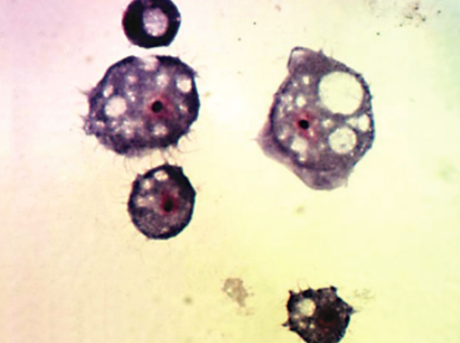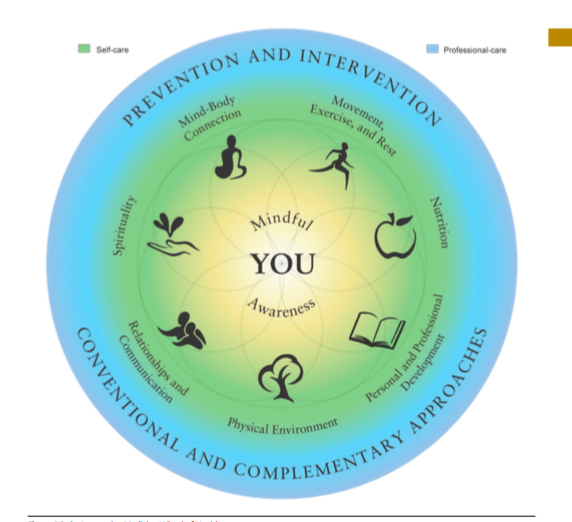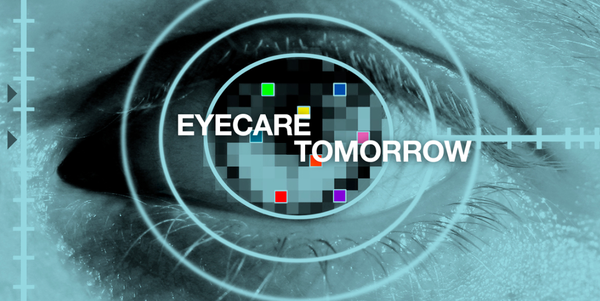Alcon commissioned
•
1st January 2012
Nutritional Supplementation and Ocular Health: A Compendium
Diets high in fruits, vegetables, whole grains, legumes, and fish—and rich in antioxidant vitamins, carotenoids, omega-3 polyunsaturated fatty acids, and other nutrients—have been associated with reduced rates of cardiovascular and neurodegenerative disease, cancer, AMD, and cataracts. Micronutrients may synergistically protect cells against damage from oxidative stress and inflammation.
In the field of ophthalmology, observational studies have shown that individuals who report diets rich in certain nutrients experience lower rates of cataracts and AMD across a range of populations.
